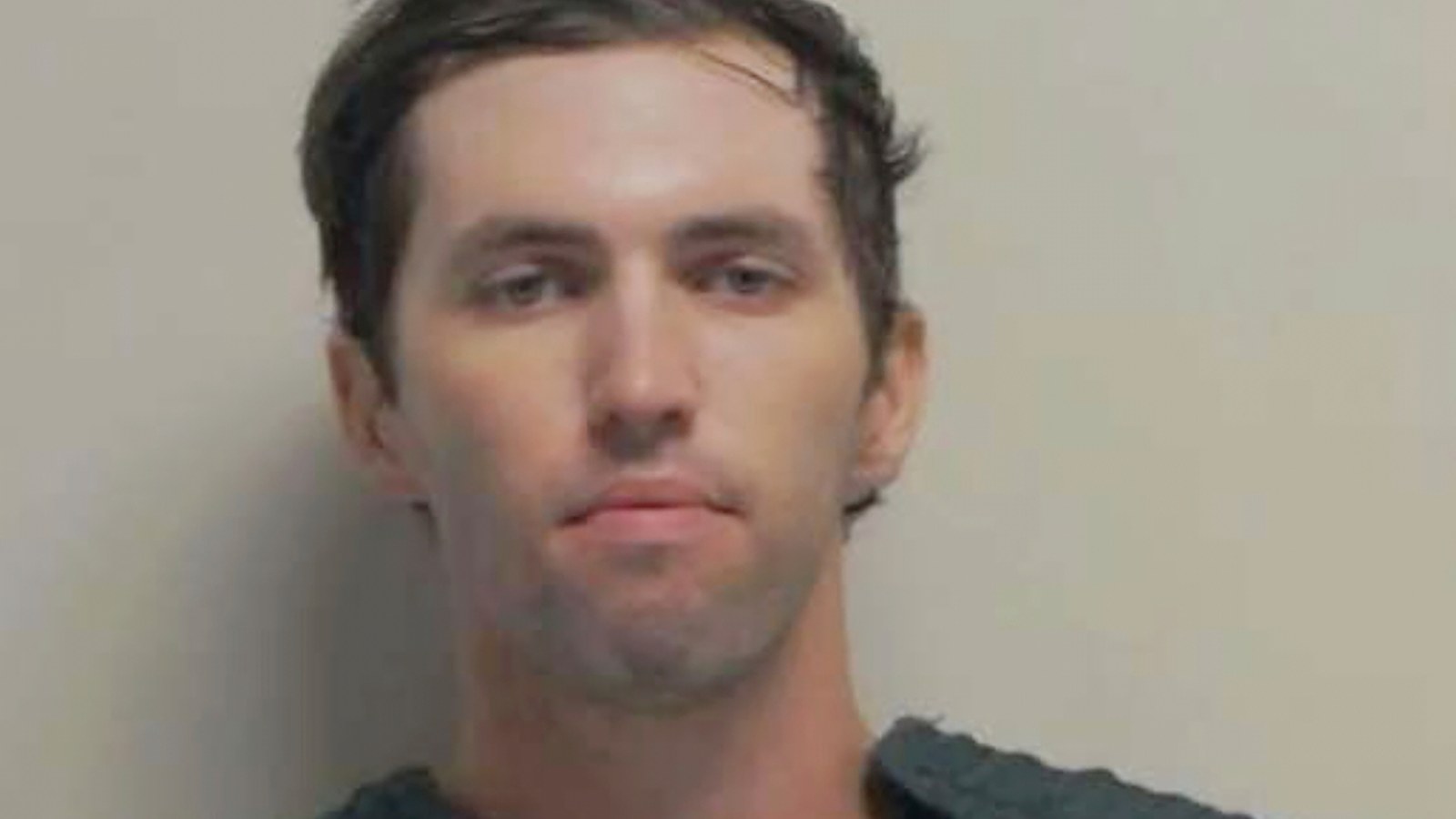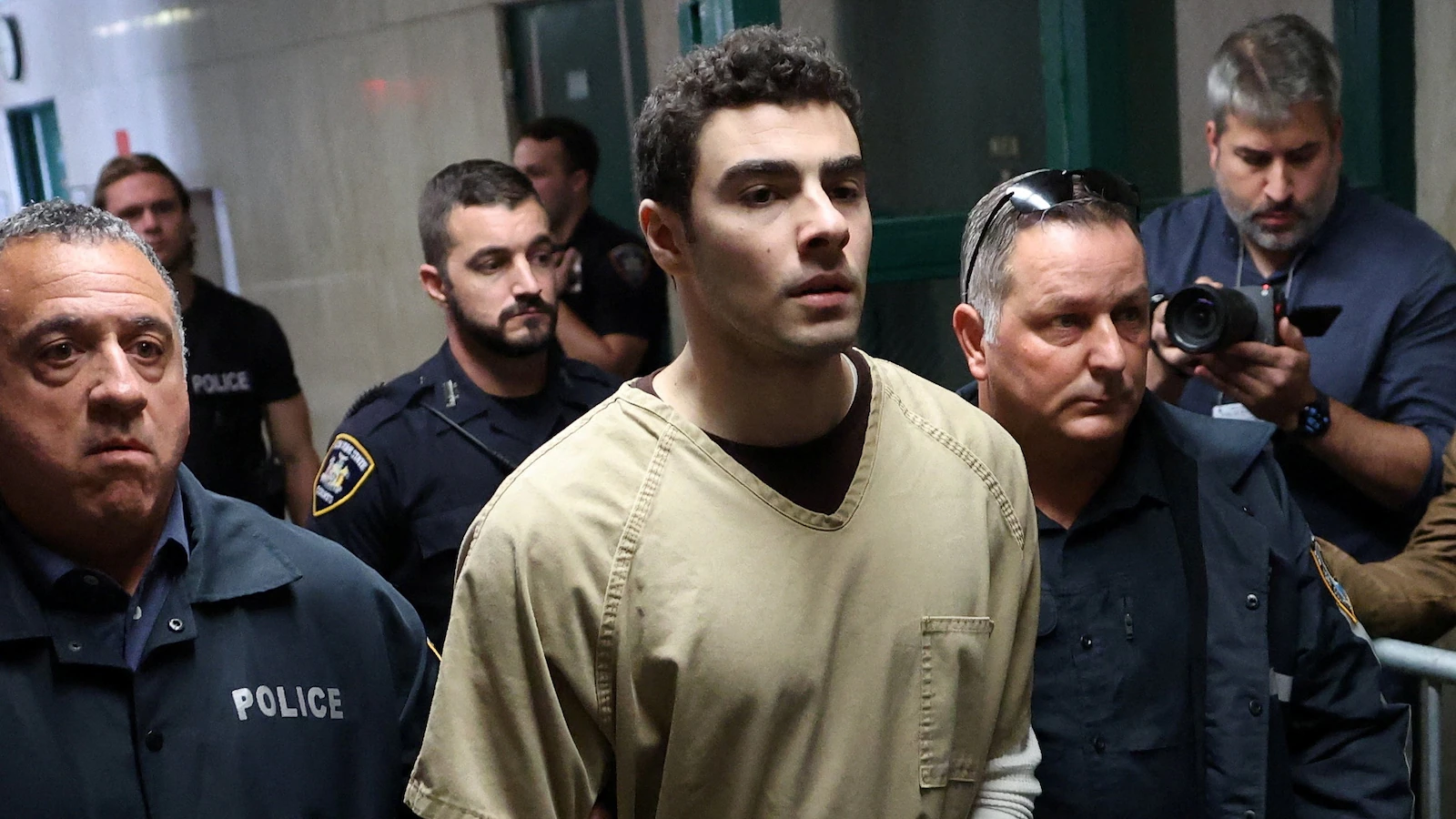By Robert Alexander
Copyright newsweek

Utah County prosecutors have charged Tyler Robinson with aggravated murder for the alleged killing of Charlie Kirk and filed formal notice that they will seek the death penalty, alongside counts of felony discharge of a firearm, obstruction, and witness tampering.Robinson has not entered a plea, but someone found guilty of such an offense might have a realistic path to avoid a death sentence by invoking a special mitigation based on “extreme emotional distress” (EED).Why It MattersThe path to avoiding a death sentence runs through Utah’s special-mitigation rules and the arithmetic of capital juries. After lawmakers move EED into special mitigation, the burden shifts to the defense to prove it by a preponderance of the evidence—difficult, but if met it can reduce an aggravated-murder charge and remove the death sentence from consideration.If the case reaches sentencing, a death verdict must be unanimous; a single juror’s vote for life prevails. Those realities shape the defense playbook: challenge the aggravators, pursue EED if the facts support it, and assemble mitigation calibrated to persuade at least one juror to choose life.What To KnowTyler James Robinson is accused of the September 10, 2025, aggravated murder of Charlie Kirk—with prosecutors filing notice to seek the death penalty—alongside felony discharge of a firearm, obstruction of justice, and witness tampering, after allegedly firing a shot into a crowded event that, according to a redacted probable-cause affidavit, “put many around him at grave risk of death.”A defense could aim to narrow capital exposure at trial and, failing that, to persuade jurors at sentencing to choose life.Under Utah law, the clearest substantive pathway to reduce culpability at the guilt phase is EED, requiring two findings: “(1) subjectively, the defendant committed the killing while under the influence of extreme emotional distress, and (2) objectively, a reasonable person would have experienced an extreme emotional reaction and loss of self-control under the circumstances.”Utah case law explains EED in practical terms. As summarized in Ross v. State, 448 P. 3d 1203 – Utah: Supreme Court 2019, “a person acts under the influence of extreme emotional distress when he is exposed to extremely unusual and overwhelming stress that would cause the average reasonable person under the same circumstances to experience a loss of self-control and be overborne by intense feelings, such as passion, anger, distress, grief, excessive agitation, or other similar emotions.”Fact-finders are instructed to view the reaction in broader context, not only the immediate moments before the homicide.The legislature moved EED from an affirmative defense to the “special mitigation” statute in 2009 and amended it again in 2019. As the Utah Supreme Court noted that change “is significant”: instead of the State disproving EED beyond a reasonable doubt once it’s raised, a defendant must now prove special mitigation by a preponderance of the evidence.Applied here, an EED theory would try to show both a genuine loss of self-control and a reasonable explanation for that loss. Planning or deliberation can undercut both prongs, and Utah decisions emphasize that receiving an EED instruction is easier than winning on the ultimate question.Precedent Shows EED Can Prevent A Death SentenceTrovon Donta Ross’s 2003 aggravated-murder conviction and life-without-parole sentence was upheld, thereby avoiding the death penalty.The Utah Supreme Court merged the attempted-murder count on direct appeal (Ross I, 2007 UT89), later ordered a hearing on ineffective assistance for not seeking an EED instruction (Ross II, 2012 UT93), and ultimately affirmed after that hearing (Ross III 2019 UT48), finding no reasonable probability EED would have changed the outcome and allowing the State’s rebuttal from remand.The Court reiterated EED’s two-part test and noted the Legislature has since reclassified EED as “special mitigation,” shifting the burden in future cases.Other Paths To Take Death Off The TableEven if EED proves difficult, the defense can seek to defeat the “aggravated” theory at guilt; a lesser homicide verdict removes death from consideration.Another route is to win special mitigation (EED or another qualifying mental condition mitigation) and reduce the offense level by one step.And if sentencing follows an aggravated-murder conviction, death requires a unanimous jury.Two Tracks To Avoid DeathDefenses to avoid the death penalty can build along two tracks: First, litigate the elements that make the case capital—challenging aggravators and, if supported, presenting special mitigation grounded in EED’s two-part standard. The Utah Supreme Court has described how that standard operates and cautioned that context matters.Second, develop a comprehensive penalty-phase record (mental-health history, background, age, remorse, and other individualized factors) aimed at convincing at least one juror to vote for life.Utah isn’t the only state recognizing EED; what’s distinctive is Utah’s “special mitigation” framework. Other states treat EED as a partial defense or statutory mitigation—e.g., New York, Oregon, Kentucky, Connecticut—while Utah places EED within a special-mitigation scheme with its own definitions and burden.Bottom line: there are realistic to avoid a death sentence in the case of an aggravated murder. EED remains the most discussed lever at the guilt phase, but its modern posture places the burden on the defense and makes proof contested, particularly where prosecutors argue premeditation.What People Are SayingScott Sundby, Professor of Law, University of Miami told Newsweek in an exclusive email: “We have learned that even in cases with tragically horrific facts, jurors can be persuaded to reject a death sentence when they hear evidence about the defendant’s life they find call out for mercy, for example that he was mentally ill or intellectually disabled.”Adding: “This is what happened in cases like the Aurora, Colorado theater shooting (12 dead, 70 injured) and the Parkland high school shootings in Florida (17 dead), cases where based on just the facts of the killings many would have thought a death sentence was inevitable, but where at least some jurors once they learned facts about the defendant elected to show the defendant mercy and vote for life.”What Happens NextThe case now moves through routine but high-stakes steps: prosecutors decide and file any death-penalty notice; the parties litigate discovery and pretrial motions (suppression, venue, expert access, possible competency); and, if not already done, the case proceeds through preliminary hearing and bind-over to district court for arraignment and plea.If a capital notice stands, jurors are “death-qualified,” a guilt phase is tried, and—upon any aggravated-murder conviction—a separate penalty phase follows where death requires a unanimous jury; lacking unanimity for death, the jury considers life without parole, and failing sufficient agreement, the judge imposes 25-to-life.Any death sentence receives automatic review by the Utah Supreme Court.



